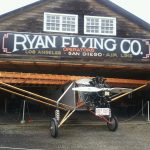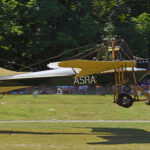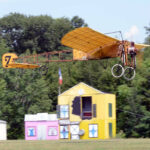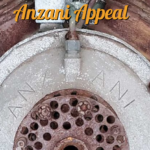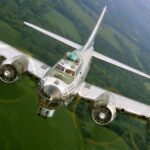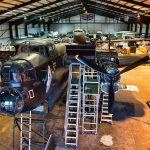By Adam Estes
Known throughout the world for its extensive collection of original and reproduction World War I aircraft, the Old Rhinebeck Aerodrome of upstate New York has just accepted a new aircraft into its fleet: a homebuilt, full-scale replica of a Fokker D.VI. This representative of the obscure biplane fighter will provide a fascinating addition to the line up of historic types at the Aerodrome.
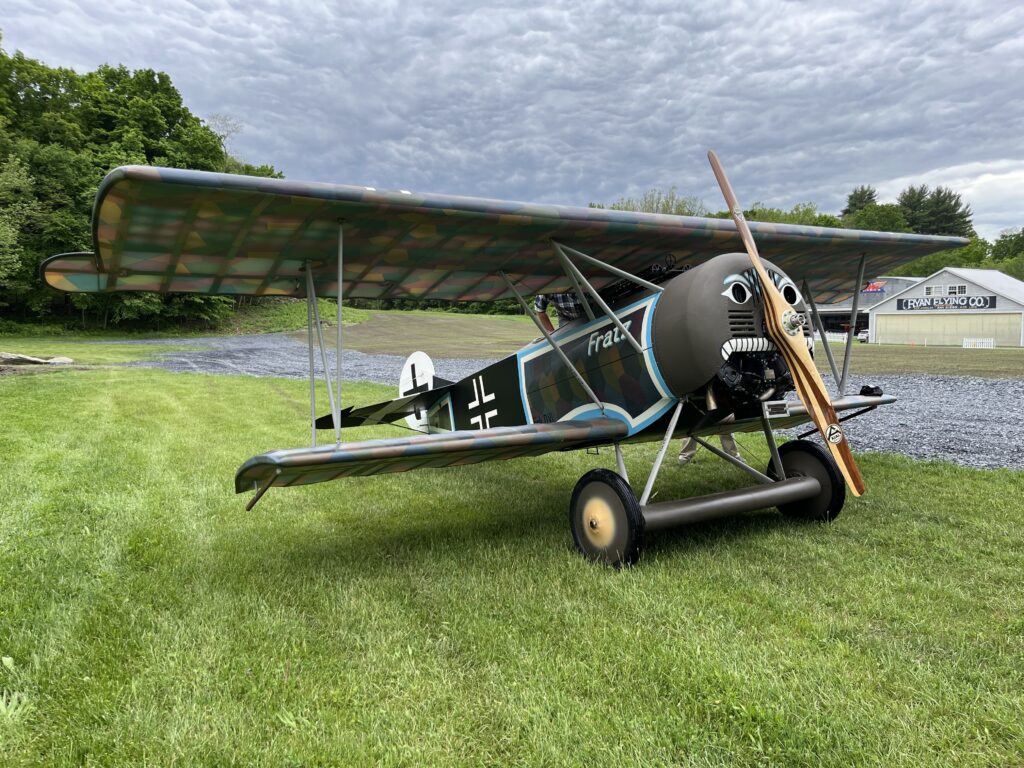
A product of the Fokker Flugzeugwerke (Fokker Aircraft Works) initially with the company designation V.13, the D.VI was developed from the V.9 prototype aircraft. Anthony Fokker’s chief designer Reinhold Platz took further inspiration from the tail of the early variants of the Fokker Dr.I triplane and shortened the wings from the fighter project that would become the highly successful D.VII. Two prototypes were tested for the Luftstreitkräfte (Imperial German Air Service), with one of the prototypes (V.13/1) being equipped with an Oberursel Ur.III rotary engine and the second one (V.13/2) was equipped with the Siemens-Halske Sh.III rotary engine. The aircraft was found to have good performance according to the test pilots, and a limited production run was ordered.
By this point in the war, however, the British blockade on Germany was having a severe impact on German rotary engines: during this period, these engines were typically lubricated using castor oil, which had to be imported into Germany and was now nearly impossible due to the British blockade. While the Germans were able to develop alternate oils such as Voltol, these were usually of a lesser quality and, as a result, German rotary engines became less reliable and had shorter service lives before the engines had to be either overhauled or replaced altogether. Due to these reliability concerns the rotary-engined D.VI would have a limited production run from April to August 1918, with the inline-engined D.VII becoming more prevalent in the last year of the war.
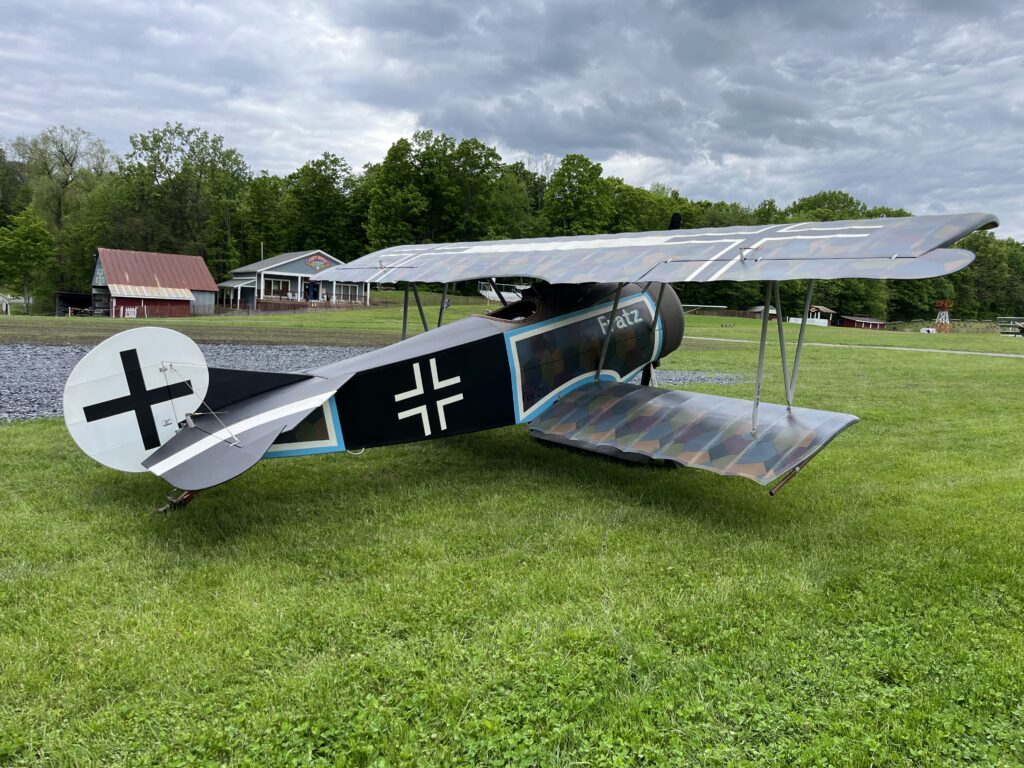
Only 59 D.VIs were ever produced, with 47 being equipped with the Oberursel Ur.II, a copy of the French Le Rhône 9J 110 hp rotary engine and 12 were fitted with the Goebel Goe III 160 hp rotary. Seven airframes were also exported to the Austro-Hungarian Empire for use in the Aviation Troops. With the introduction of additional fighters, many of the surviving D.VIs were pulled back from the frontlines and sent back to Germany to serve as trainers. Today, no original examples have survived to the present day, but a number of scaled-down replicas have been built and flown by enthusiasts of WWI aviation, as well as at least two flying full-scale examples.
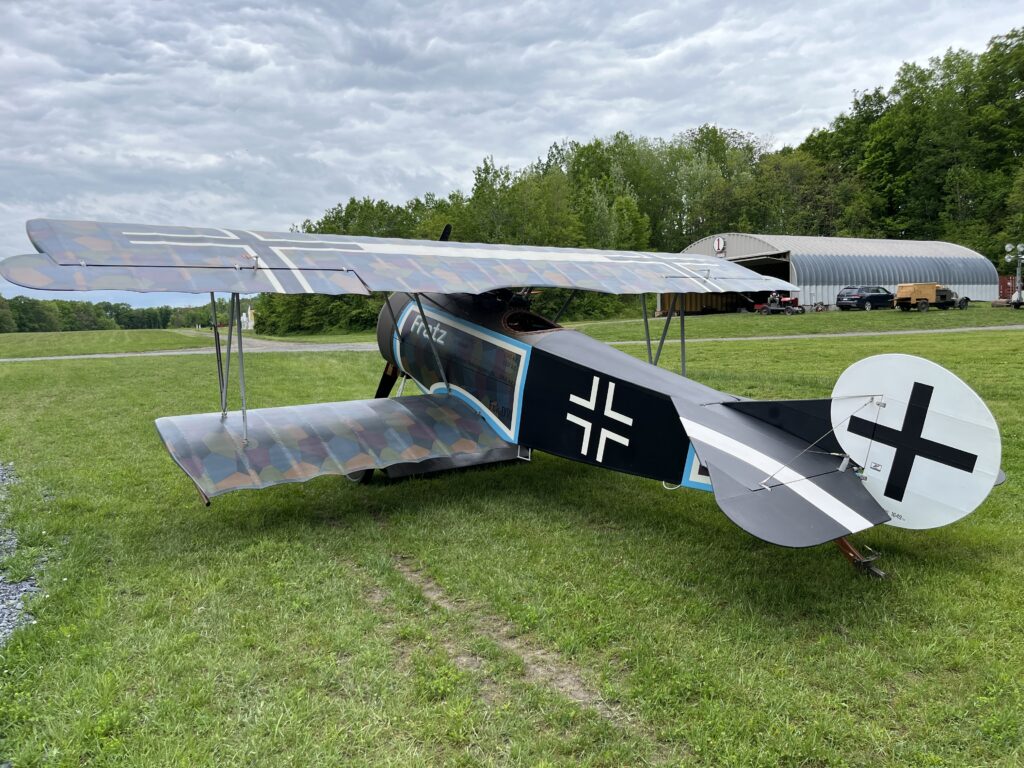
One of these fliers was built by Chuck Brady of Dwight, IL during the 1990s with a Warner 145 Super Scarab radial engine producing 125hp (historically a popular choice for homebuilders of WWI aircraft replicas) rather than the now-scarce rotary engines used during WWI. The aircraft is marked as an aircraft named Fratz, flown by Leutnant Kurt Seit of Jasta 80 who became an ace with 5 victories before the war’s end. Brady enjoyed flying the aircraft for many years but, now at the age of 93, he had decided to let the D.VI go to a new home where he could be assured that it would be maintained in airworthy condition, so he sold his prized aircraft to the Old Rhinebeck Aerodrome.
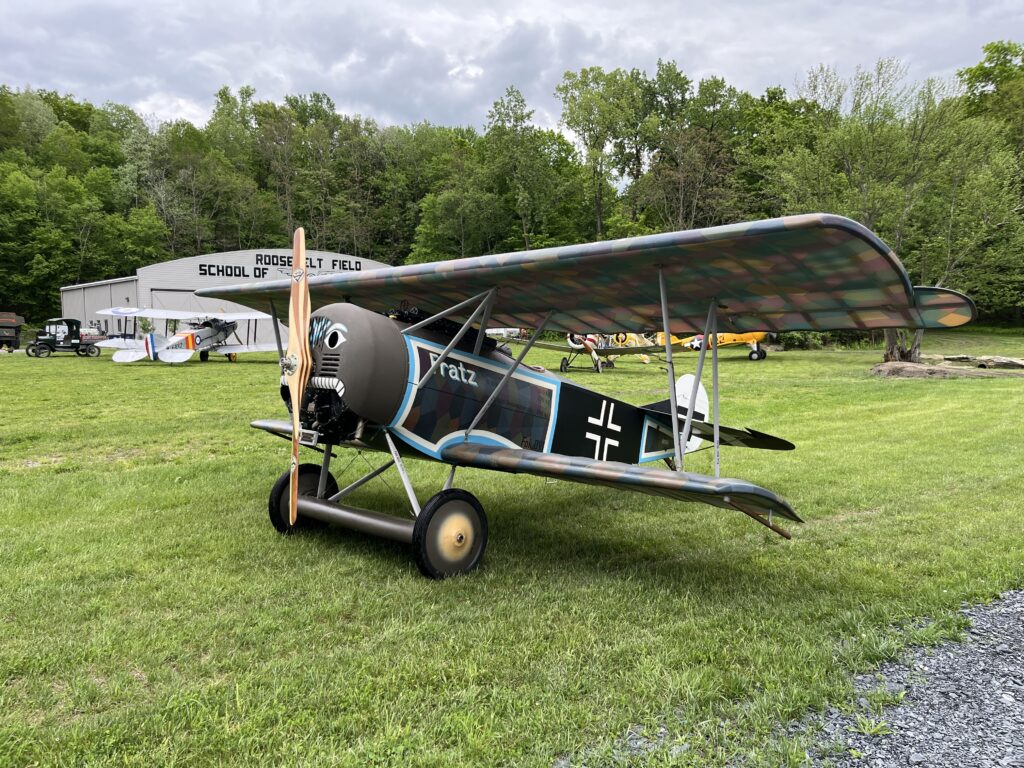
With the Old Rhinebeck Aerodrome already possessing several replicas of Fokker WWI fighters — an E.I Eindecker four Dr.I Dreideckers, a D.VII, and an E.V/D.VIII high-wing monoplane — the D.VI will help fill the lineup of the Aerodrome’s German aircraft, and will find itself sparring against Allied designs in future airshows over the grass strip of Old Rhinebeck.







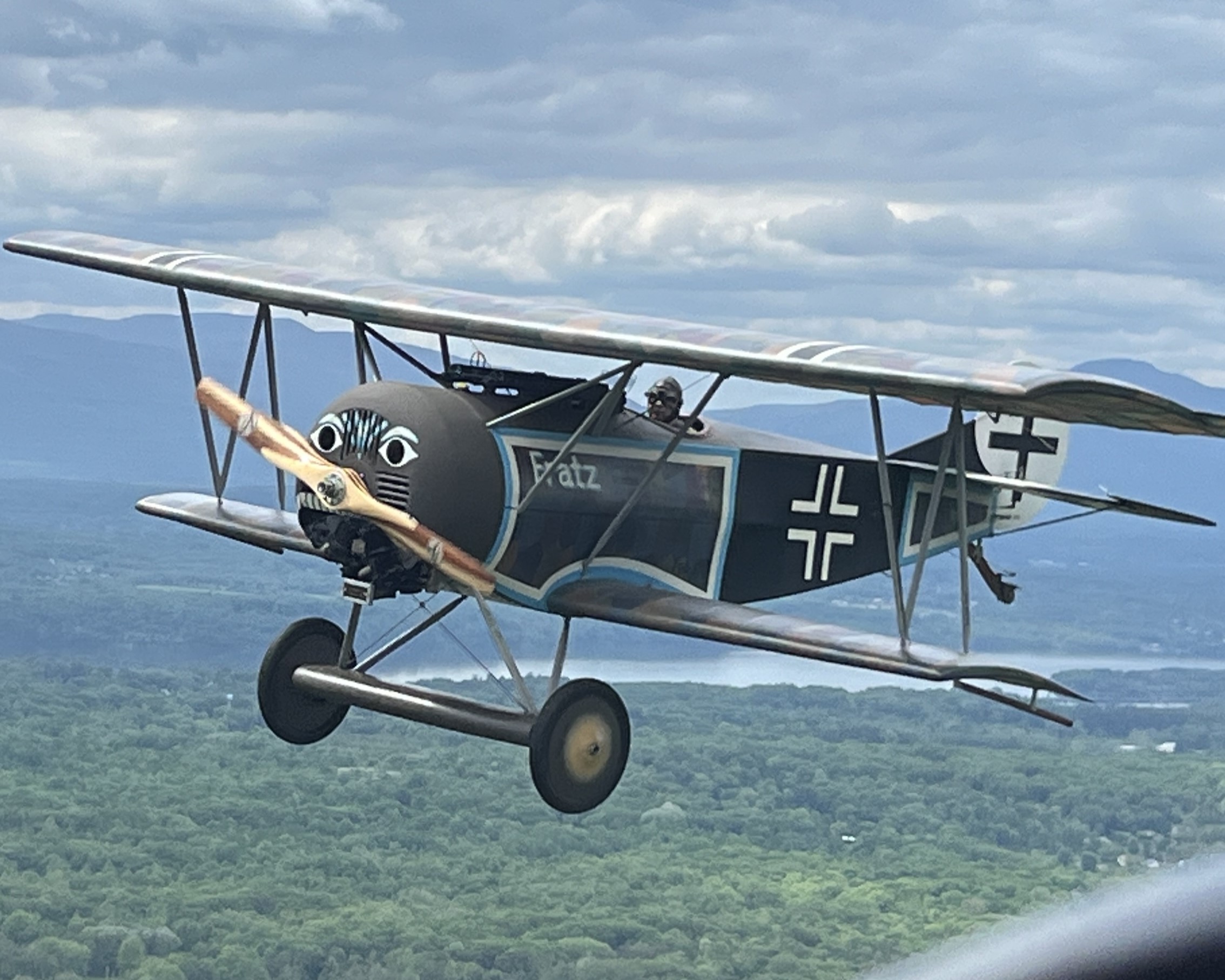

![Old Rhinebeck's Spirit Of The Aerodrome Gala and Iron Maiden Fokker Fabric Raffle 10 Iron Maiden's Bruce Dickinson in the Old Rhinebeck Fokker Dr.I replica compares notes with ORA pilot Dave King. [Photo via Old Rhinebeck Aerodrome]](https://vintageaviationnews.com/wp-content/uploads/Iron-Maiden-Bruce-Dickinson_Fokker_Old-Rhinebeck-150x150.jpeg)
![Young Man, Old Plane – BIG Challenge 11 Connor Flynn sits in the bare fuselage of Spartan C3-165 s/n113, the aircraft he's restoring to airworthiness. [Photo via Connor Flynn]](https://vintageaviationnews.com/wp-content/uploads/Spartan-C3-165-Biplane_6413-Edit-150x150.jpg)
